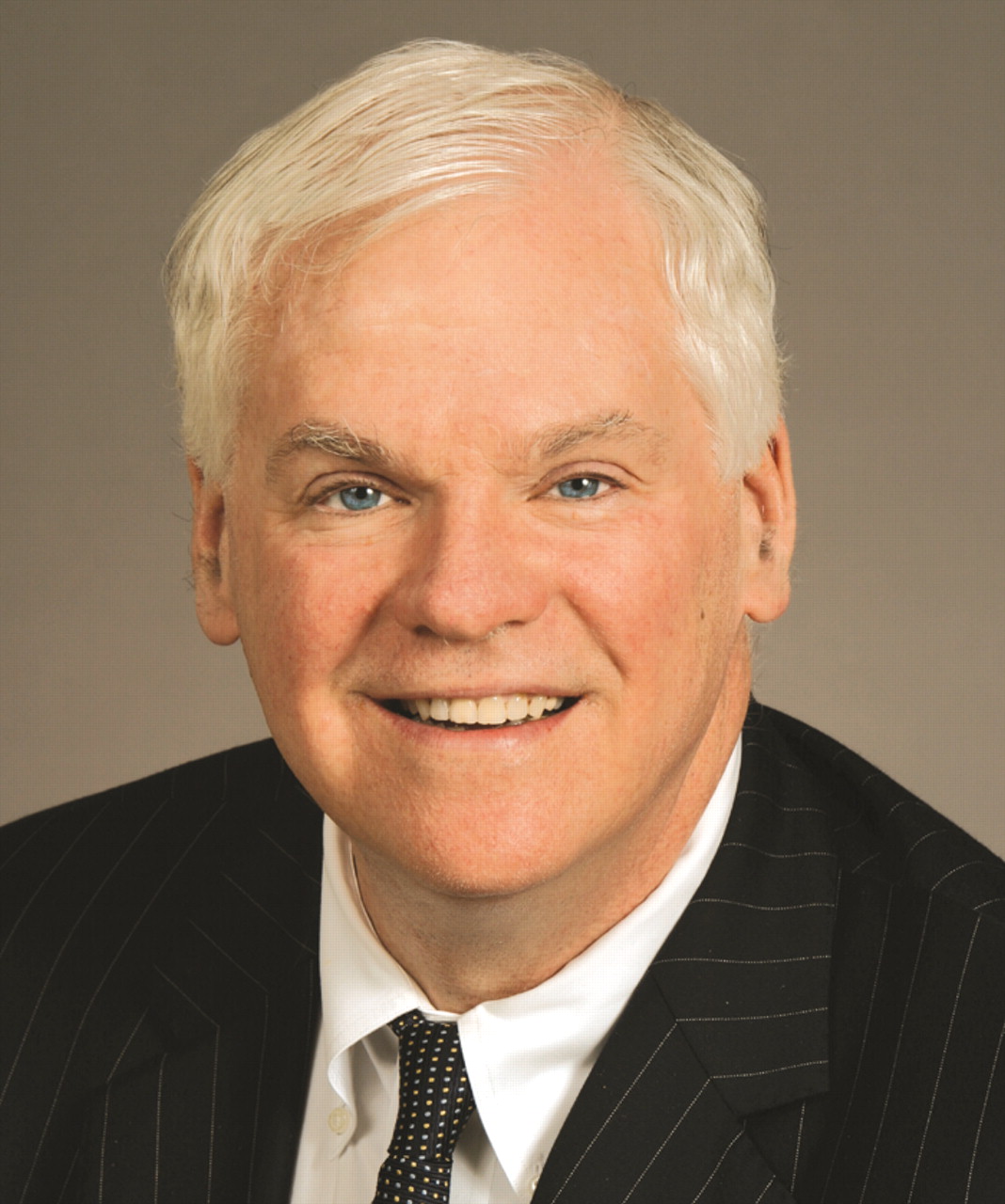Advertising Revenue Helps APA Meet Its Objectives

Proposed advertisements are normally reviewed for acceptability by the managing editors of each periodical. The managing editors (in consultation with their respective editors in chief as necessary) collaborate in those reviews and ordinarily speak as a group to accept, reject, or seek modification of an advertisement. However, final authority for acceptance or rejection of an advertisement rests with the editor in chief of the periodical to which the advertisement was submitted.
Also, the editors may refer an advertisement to the APPI Committee on Advertising for its opinion. The committee’s recommendations are advisory, and no advertiser enjoys any right to such a referral.
In 1982 APA moved its advertising sales function in-house for better organizational and fiscal control and hired a director of advertising sales. The Advertising Sales Office was established in Northern New Jersey, where many of the pharmaceutical companies and their advertising agencies are located.
At that time, advertising revenue for the American Journal of Psychiatry,Psychiatric News, and Psychiatric Services was approximately $1.5 million. There were about 26 branded pharmaceutical products being promoted. Most of them were antipsychotics, anxiolytics, and TCAs. Also, there were five industry-supported symposia (ISS) at the annual meeting, accounting for eight pages of advertising in Psychiatric News. For this year’s annual meeting, there are 54 ISS being promoted through 261 pages of advertising.
Advertising sales in the APA’s three periodicals have been rising rapidly since 2001 because of the release of new pharmaceutical products. Pharmaceutical advertising revenue for 2003 climbed to $7.5 million, up nearly $1.4 million, or 22 percent, over 2002, and was spread across 30 branded and generic products. In addition, classified and nonpharmaceutical display advertising revenue accounted for $2.7 million. The total 2003 advertising revenue of $10.2 million represented 17 percent of APA’s revenue for that year.
Other medical specialty publications have experienced a reduction of advertising revenue mainly because of a shift to direct-to-consumer advertising. This has not occurred in psychiatry, primarily due to FDA approval of new central nervous system products.
In 2003 many new products contributed to the additional revenue—Forest’s Lexapro, Bristol-Myers Squibb’s Abilify, GlaxoSmithKline’s Lamactil, and Eli Lilly’s Strattera, Cymbalta, and Symbyax. Additional revenue stemmed from new indications for Pfizer’s Xanax XR and Solvay’s Klonapin. These products have enabled our profession to provide improved treatment for our patients with ADHD, schizophrenia, bipolar disorder, Alzheimer’s disease, depression, anxiety, and sleep disorders.
Advertising revenue can be volatile. In times of economic downturn, advertising is among the first expenses cut. And there is a risk of losing revenue if a drug is pulled off the market. There is also no way to predict how long an introductory advertising campaign will last.
It is important that we be open with our members regarding our relationship with the pharmaceutical industry. ▪



